Home>Furniture>Bedroom Furniture>Where To Place The Bed In A Room
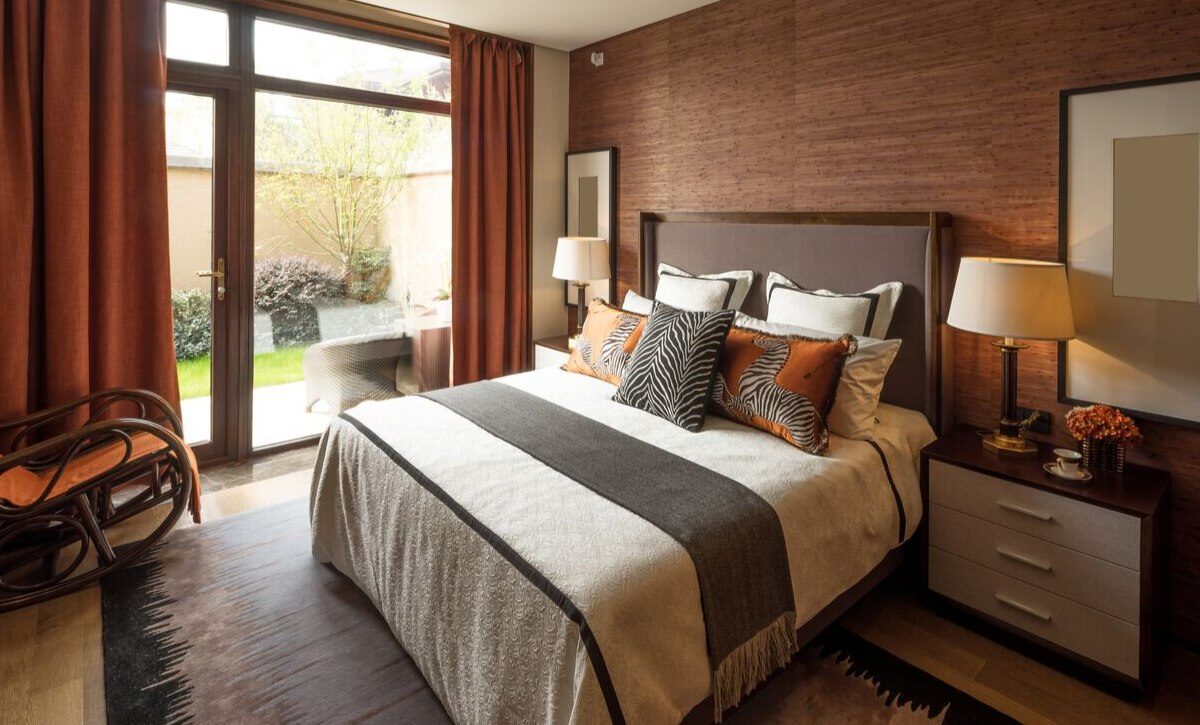

Bedroom Furniture
Where To Place The Bed In A Room
Modified: February 23, 2024
Discover the ideal placement for your bedroom furniture. Find out where to place your bed in a room for optimal comfort and aesthetics.
(Many of the links in this article redirect to a specific reviewed product. Your purchase of these products through affiliate links helps to generate commission for Storables.com, at no extra cost. Learn more)
Introduction
Choosing the perfect placement for your bed is essential for creating a comfortable and functional bedroom. The bed is the centerpiece of the room, and its positioning can greatly impact the overall aesthetic and flow of the space. Whether you’re decorating a large master bedroom or a cozy guest room, finding the right spot for your bed involves several considerations.
In this article, we will explore the different factors to consider when deciding where to place your bed in a room. We will discuss various placement options, including against a wall, in the center of the room, under a window, and in a corner. Additionally, we will examine how the bed should relate to other furniture in the room to create a cohesive and harmonious environment.
By understanding the principles of bed placement and considering the unique features of your room, you can create a comfortable, visually appealing, and functional sleeping space that suits your needs and personal style.
Key Takeaways:
- Optimize your bedroom layout by considering natural flow, room size, and personal comfort when placing your bed against a wall, in the center, under a window, or in a corner.
- Create a harmonious and functional bedroom by carefully positioning your bed in relation to other furniture, maximizing space, and enhancing natural light and ventilation.
Considerations for Placing the Bed
Before diving into the specific placement options, there are a few important considerations to keep in mind when deciding where to position your bed in a room.
Firstly, think about the natural flow of the room. Consider the location of doors, windows, and other architectural features. You’ll want to ensure that placing the bed in a particular spot doesn’t obstruct any pathways or impede the functionality of the room.
Secondly, take into account the size and shape of the room. A smaller room may limit your placement options, while a larger room might offer more flexibility. Additionally, consider the overall aesthetic you want to achieve. The bed should be positioned in a way that enhances the room’s visual appeal and creates a sense of balance and harmony.
Another crucial factor to consider is natural light and ventilation. The placement of the bed can affect the amount of natural light that reaches the sleeping area. If you enjoy waking up to sunlight streaming through the windows, you might consider placing the bed near a window. On the other hand, if you prefer a darker sleeping environment, you may want to avoid placing the bed directly under a window.
Lastly, think about your personal preference and comfort. Some people like to have their bed positioned against a wall for a cozy and secure feeling, while others enjoy the openness of having the bed in the center of the room. It’s important to consider what feels most comfortable and inviting to you.
By taking these considerations into account, you can make an informed decision about where to place your bed in a way that optimizes the functionality, aesthetics, natural light, and overall comfort of your bedroom.
Placing the Bed Against a Wall
One of the most common and practical bed placement options is against a wall. This positioning offers several advantages and is particularly suitable for smaller rooms or those with limited layout options.
Placing the bed against a wall creates a sense of security and stability. It gives the room a focal point and a defined sleeping area. This arrangement also allows for easier access to the bed from one side, making it more convenient for making the bed or tucking in the sheets.
When choosing which wall to place the bed against, consider the placement of outlets, switches, and other functional elements. You’ll want to ensure that you have easy access to outlets for charging devices or plugging in lamps and other bedside necessities.
To enhance the aesthetic appeal of a bed against the wall, you can incorporate a headboard or create a feature wall behind the bed. A headboard not only adds visual interest but also provides comfort and support when sitting up in bed. Additionally, a feature wall can be created with wallpaper, paint, or decorative elements to make the area visually appealing and distinct from the rest of the room.
If you’re concerned about the lack of access to both sides of the bed, consider placing a small bedside table or shelf next to the bed against the wall. This provides a surface for placing a lamp, books, or other items you may need within reach while in bed.
Placing the bed against a wall also leaves more open space in the room, allowing for the placement of other furniture or creating a larger walking area. This can be especially advantageous in smaller bedrooms where space is at a premium.
Overall, placing the bed against a wall is a practical and visually appealing choice that creates a sense of stability and provides more floor space in the room. It’s an excellent option to consider, particularly in smaller bedrooms or when you want to create a cozy and secure sleeping area.
Placing the Bed in the Center of the Room
For a more dramatic and spacious look, consider placing the bed in the center of the room. While this positioning might not be suitable for every bedroom layout, it can create a striking focal point and a sense of grandeur.
Placing the bed in the center of the room allows for equal access to both sides of the bed, making it easier to make the bed and allowing for a more balanced and symmetrical appearance. This arrangement also gives the room a luxurious and open feel, especially in larger bedrooms where there is ample space around the bed.
To make the bed the centerpiece of the room, you can choose a statement headboard or frame that enhances the visual appeal and draws attention. Opt for a design that complements the overall style of the room and adds an element of sophistication or elegance.
When placing the bed in the center, consider the positioning of other furniture in the room. Nightstands on either side of the bed can provide functionality and symmetry. You can also add a bench or a settee at the foot of the bed to create a cozy seating area or a place to lay out clothes. A rug placed under the bed can define the sleeping area and add warmth and comfort to the space.
One potential drawback of placing the bed in the center of the room is limited wall space for other furniture, such as dressers or desks. In this case, you may need to get creative with storage solutions or consider utilizing other areas of the room for additional furniture.
Placing the bed in the center of the room can create a truly stunning and luxurious bedroom setup. It is ideal for those who want to make a statement with their bed as the centerpiece and have ample space to work with. However, it’s important to consider the overall layout and size of the room before opting for this positioning.
Whether you choose to place the bed against a wall or in the center of the room, the key is to find the arrangement that best suits your preferences, maximizes the functionality of the space, and creates a comfortable and visually appealing bedroom.
Placing the bed against a solid wall, away from windows and doors, can create a sense of stability and security for better sleep.
Placing the Bed Under a Window
Placing the bed under a window can create a unique and visually appealing arrangement in your bedroom. This positioning takes advantage of natural light and provides a beautiful backdrop for your sleeping area.
One of the key advantages of placing the bed under a window is the access to natural light. Waking up to the soft rays of sunlight streaming through the window can create a peaceful and uplifting ambiance. However, it’s essential to consider the orientation of the window and the amount of light that enters the room. If the window faces east and you’re sensitive to morning light, using blackout curtains or blinds can help manage the brightness.
In addition to natural light, placing the bed under a window allows you to enjoy the view outside. Whether it’s a lush garden, a bustling cityscape, or a serene landscape, having your bed in close proximity to a window can create a sense of connection with the outside world.
When positioning the bed under a window, consider the window sill height. Ideally, the sill should be at a comfortable level, allowing you to see out while lying down but not obstructing your view or causing discomfort. You may need to adjust the height of your bed or invest in a lower-profile headboard to ensure a harmonious placement.
To enhance the aesthetic appeal of the bed under the window, you can frame the area with curtains or drapes. Choose fabrics and colors that match the overall style of the room and add a touch of elegance. Some people prefer to keep the window area open and unobstructed, allowing the natural beauty and light to shine through.
While placing the bed under a window can create a stunning and cozy arrangement, it’s essential to consider practical considerations as well. Ensure that the window is properly insulated to minimize drafts or noise. If the window is frequently opened or serves as an emergency exit, ensure that there is enough space around the bed for easy access.
Placing the bed under a window is a creative and eye-catching option that celebrates natural light and brings the outside world into your sleeping sanctuary. It’s a perfect choice for those who appreciate a view, enjoy waking up to the sunlight, and want to infuse their bedroom with a touch of serenity and beauty.
Read more: Where To Place A Rug In A Living Room
Placing the Bed in a Corner
Placing the bed in a corner of the room is a practical and space-saving option that can create a cozy and intimate atmosphere. This positioning maximizes the available floor space and allows for better utilization of the room’s layout.
By placing the bed in a corner, you can create a sense of privacy and enclosure. This arrangement is particularly suitable for bedrooms with limited space or irregular layouts. It also offers the advantage of having two walls as a backdrop, which can provide extra support and stability for attaching a headboard or hanging artwork.
One of the benefits of placing the bed in a corner is the opportunity to create additional storage space. Utilize the wall space adjacent to the bed to incorporate built-in shelves, bookcases, or floating nightstands. This not only provides functional storage but also adds visual interest to the room.
To enhance the cozy and intimate feel, consider using soft lighting around the bed area. Install wall-mounted sconces or attach fairy lights to the walls to create a warm and inviting ambiance.
When placing the bed in a corner, it’s important to consider the positioning of other furniture in the room. Leave enough space between the bed and other items to ensure easy movement and accessibility. You may also want to consider placing a small accent chair or a small side table in the corner opposite the bed to create a cozy reading nook or a place to relax.
While placing the bed in a corner can be advantageous in terms of maximizing space, it’s essential to ensure that there is enough room for a comfortable sleeping experience. Consider the size of your bed and how it fits within the corner area. Ensure that there is enough space to comfortably get in and out of bed and that there is proper ventilation.
Placing the bed in a corner can create a snug and intimate sleeping area that maximizes floor space and provides additional storage opportunities. It’s an excellent choice for smaller bedrooms or those with unconventional layouts, offering a cozy and comforting environment for a peaceful night’s sleep.
Placing the Bed in Relation to Other Furniture
When designing your bedroom layout, it’s important to consider how the bed will interact with other furniture in the room. Harmonious placement of the bed in relation to other pieces can create a cohesive and functional arrangement.
One key element to consider is the positioning of nightstands or bedside tables. Placing them on either side of the bed provides convenient storage and surface area for lamps, books, and other bedside essentials. Ensure that the height and width of the nightstands are proportional to the bed and allow for easy access from the bed.
If you have a dresser or chest of drawers in your bedroom, consider its placement in relation to the bed. Placing it directly across from the foot of the bed creates balance and symmetry. However, if space is limited, you can position it along one wall adjacent to the bed or utilize a corner of the room for the dresser.
Another consideration is the location of a desk or vanity, if you have one in your bedroom. Placing it near a window can provide natural light and a pleasant view while you work or get ready. If possible, try to position the desk or vanity away from the sleeping area to create a separate zone for work or grooming.
Besides functional furniture, you may also have additional seating options in your bedroom, such as a bench or a cozy armchair. These pieces can be positioned at the foot of the bed or in a corner, creating a comfortable and inviting spot for relaxation or putting on shoes.
When placing the bed in relation to other furniture, it’s important to maintain a sense of balance and proportion. Ensure that there is ample space for maneuvering throughout the room and that furniture placement does not obstruct pathways or impede accessibility.
Consider the overall flow and visual appeal of the room when positioning the bed in relation to other furniture. Aim for a cohesive and harmonious arrangement that reflects your personal style and enhances the functionality of the space.
By carefully considering how the bed interacts with other furniture, you can create a well-balanced and visually appealing bedroom layout that maximizes functionality and comfort.
Final Thoughts and Conclusion
Choosing the right placement for your bed is crucial for creating a comfortable, functional, and visually appealing bedroom. Whether you decide to place the bed against a wall, in the center of the room, under a window, or in a corner, there are a few key considerations to keep in mind.
Consider the natural flow of the room, taking into account features such as windows, doors, and architectural elements. Think about the size and shape of the room and how the bed’s placement will affect the overall layout. Consider your preference for natural light and ventilation and the level of privacy and security you desire.
Placing the bed against a wall offers a practical and cozy option, providing a focal point and easy access from one side. Placing the bed in the center of the room creates a spacious and grand look, ideal for larger bedrooms. Placing the bed under a window takes advantage of natural light, provides a beautiful view, and creates a unique arrangement. Placing the bed in a corner maximizes space and can create a cozy and intimate sleeping area.
When positioning the bed, consider how it relates to other furniture in the room. Ensure there is enough space for nightstands, dressers, desks, and seating options, creating a harmonious and well-balanced layout. Remember to maintain a sense of flow and functionality throughout the room.
In conclusion, finding the perfect placement for your bed involves thoughtful consideration of various factors, including the room’s layout, natural light, and your personal preferences. By understanding these considerations and exploring different placement options, you can create a comfortable and visually appealing bedroom that reflects your individual style and promotes restful sleep.
Frequently Asked Questions about Where To Place The Bed In A Room
Was this page helpful?
At Storables.com, we guarantee accurate and reliable information. Our content, validated by Expert Board Contributors, is crafted following stringent Editorial Policies. We're committed to providing you with well-researched, expert-backed insights for all your informational needs.
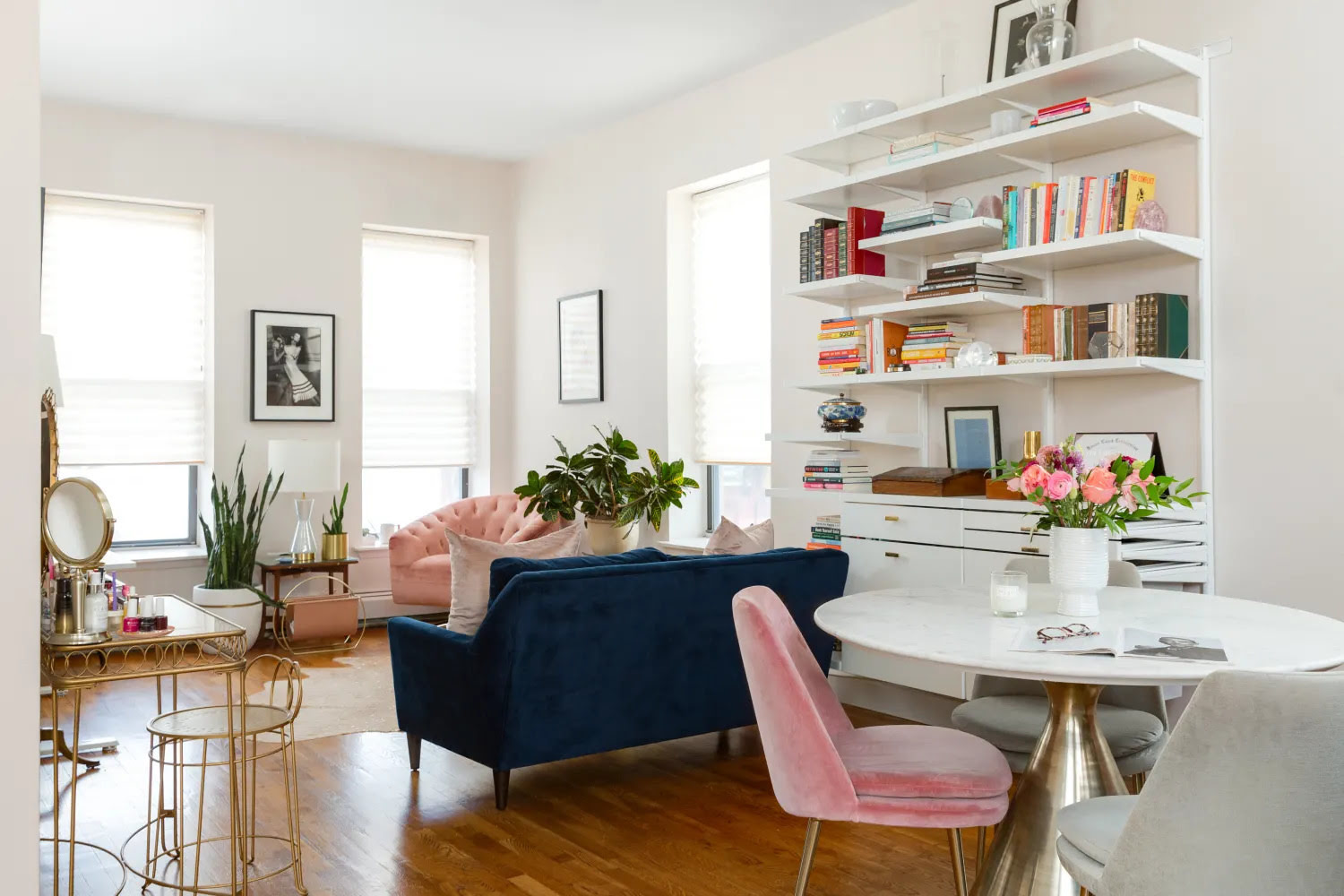
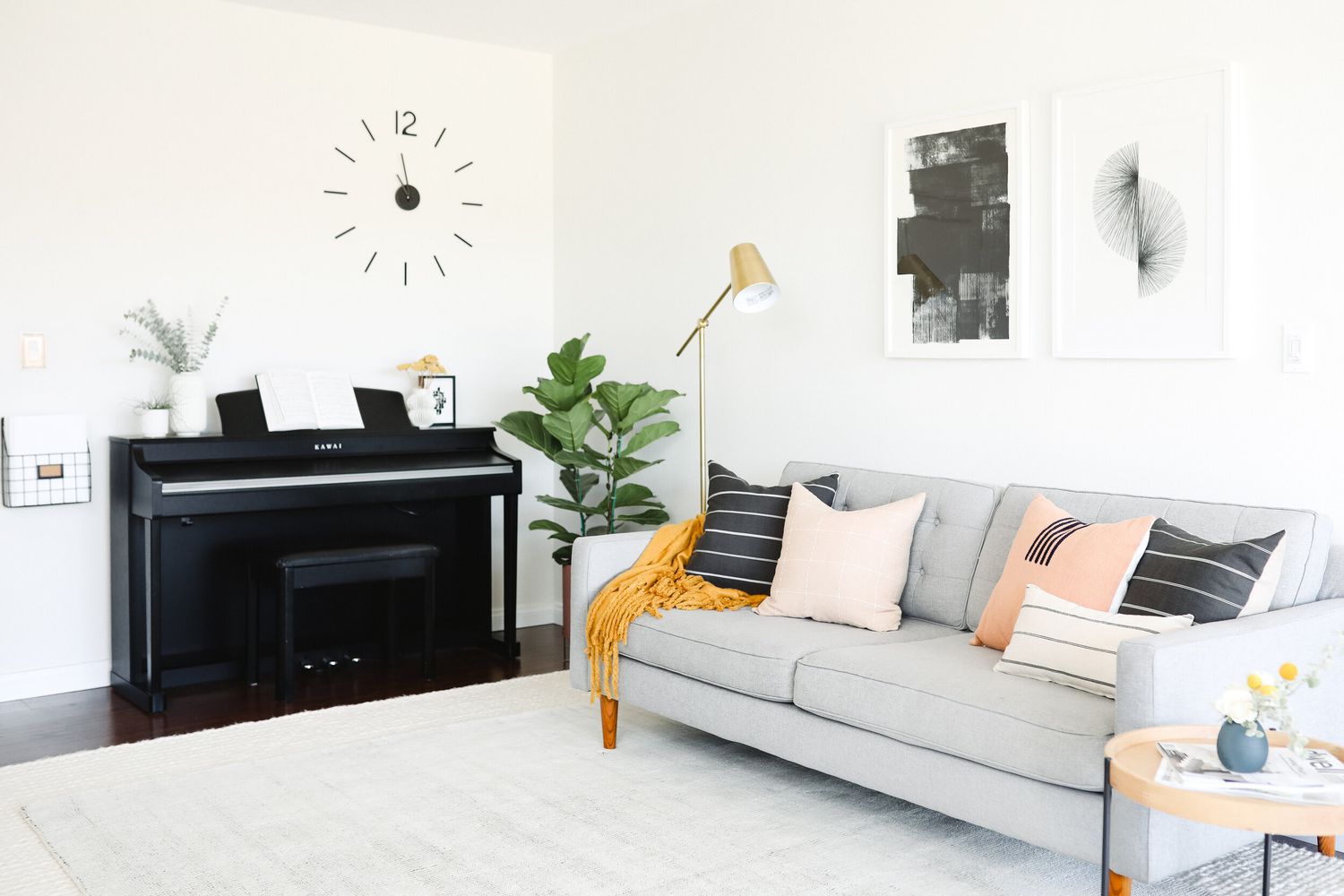

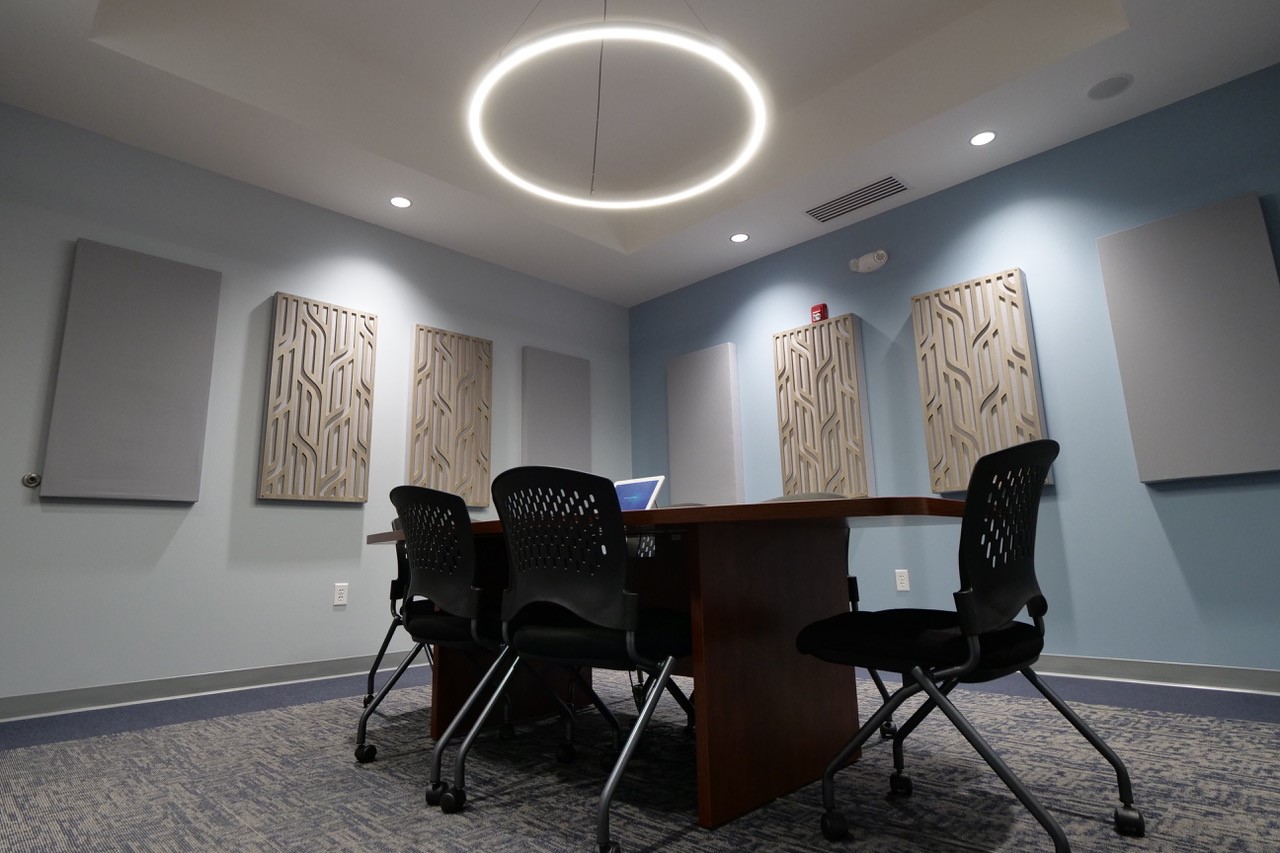
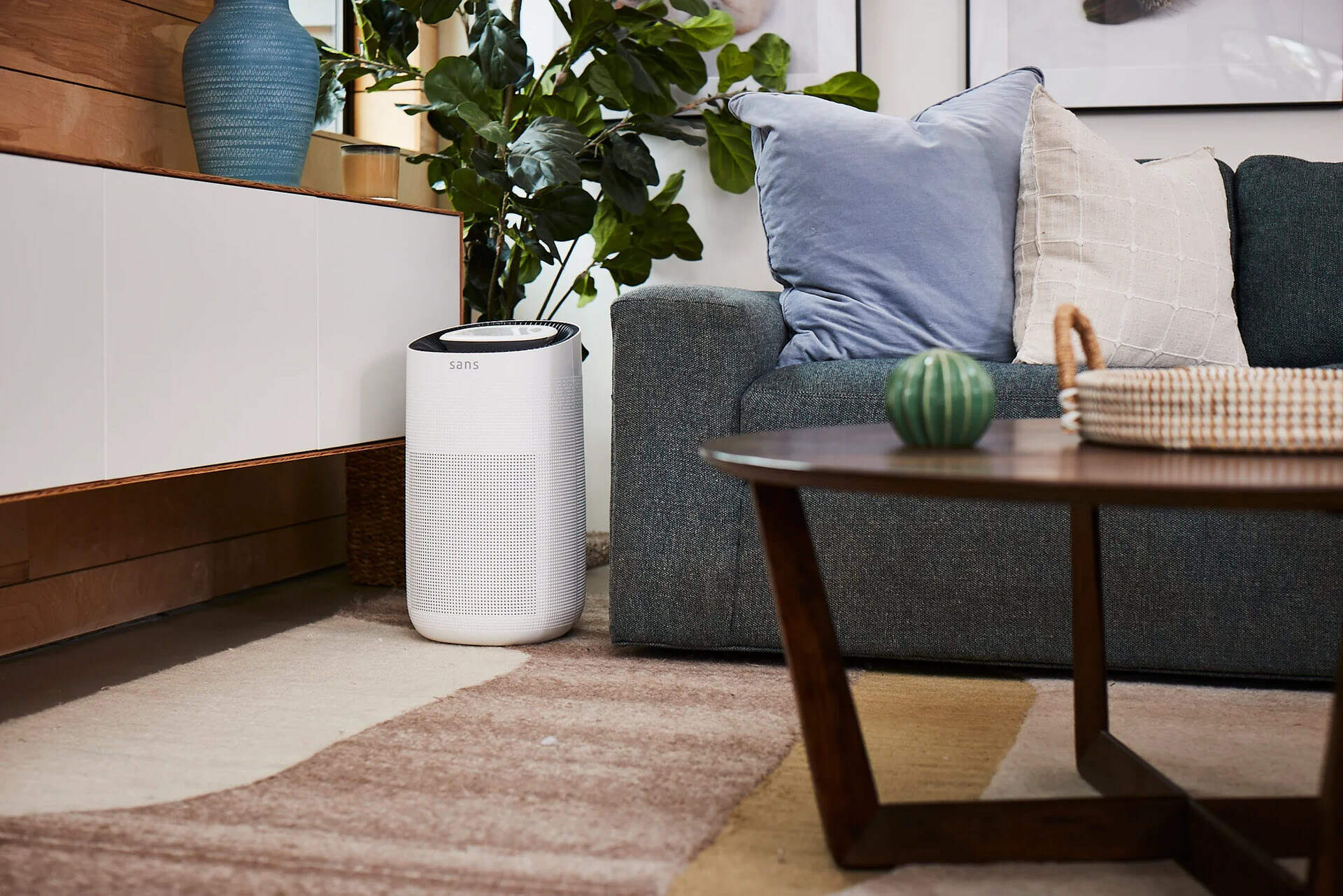
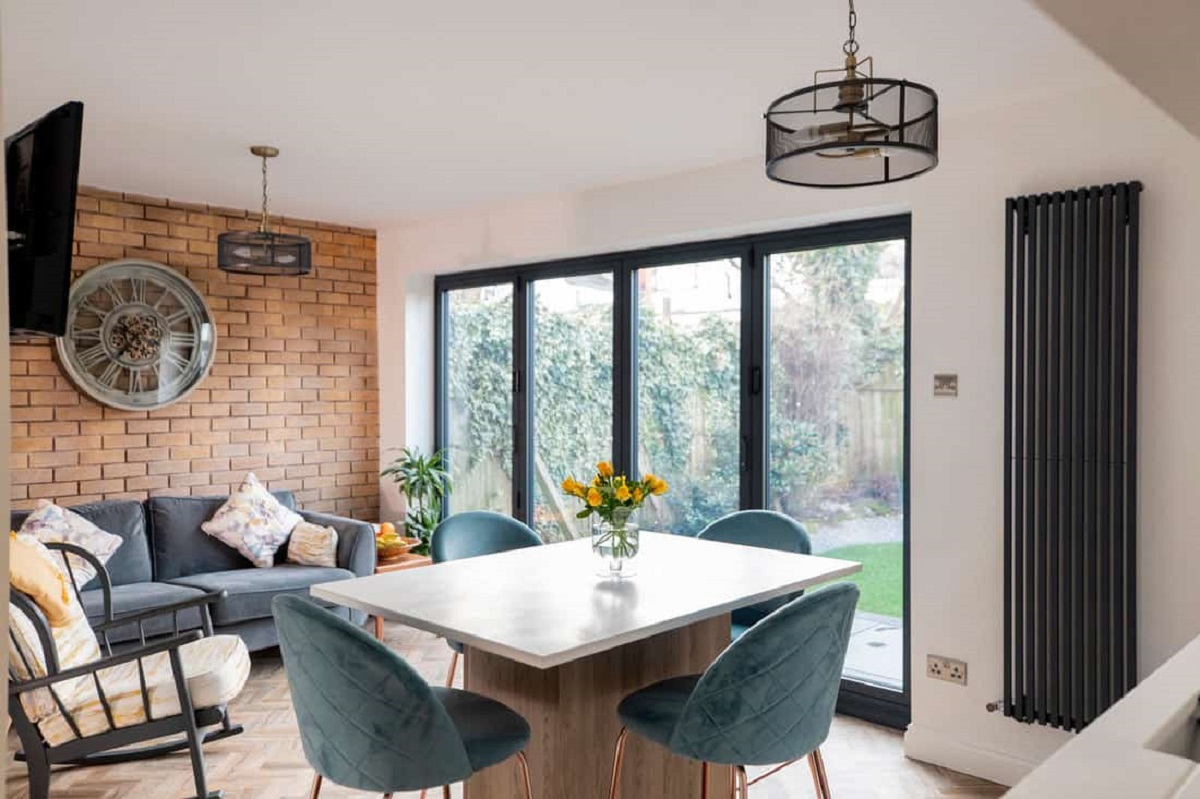
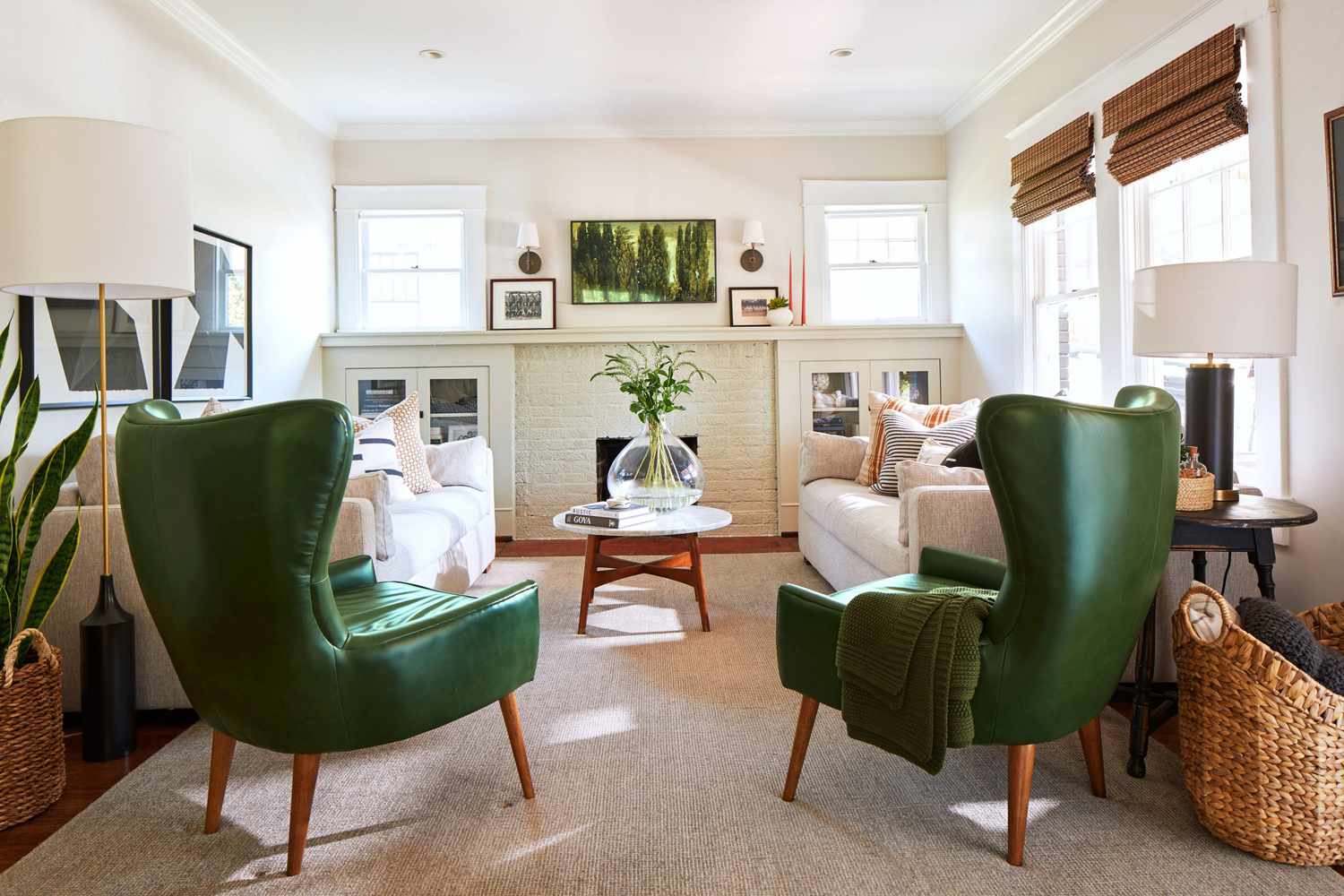
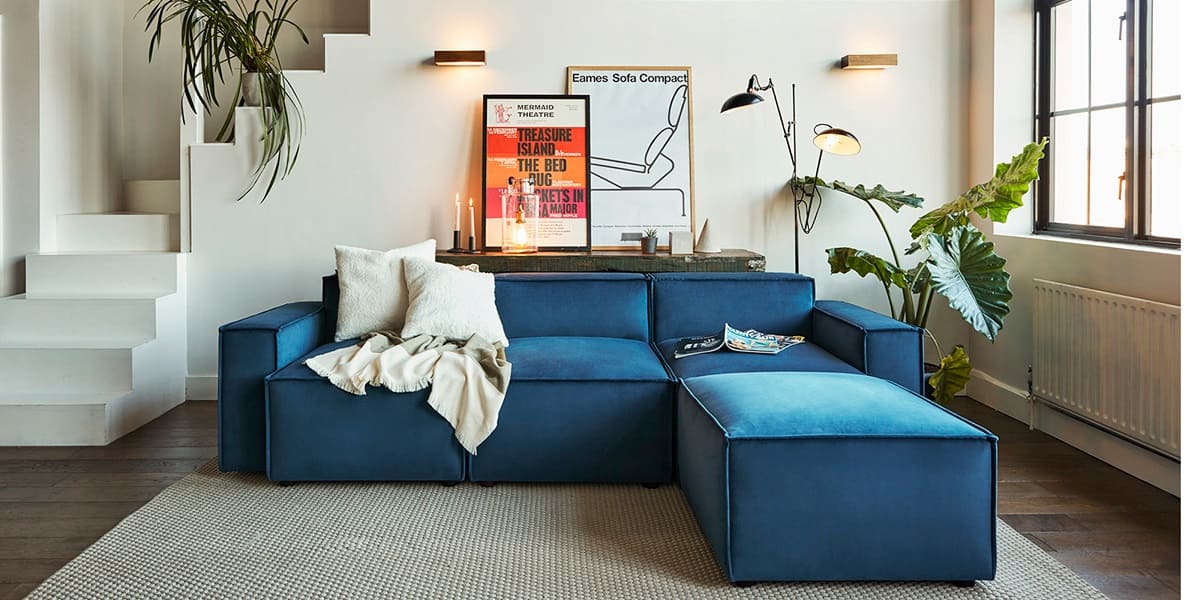

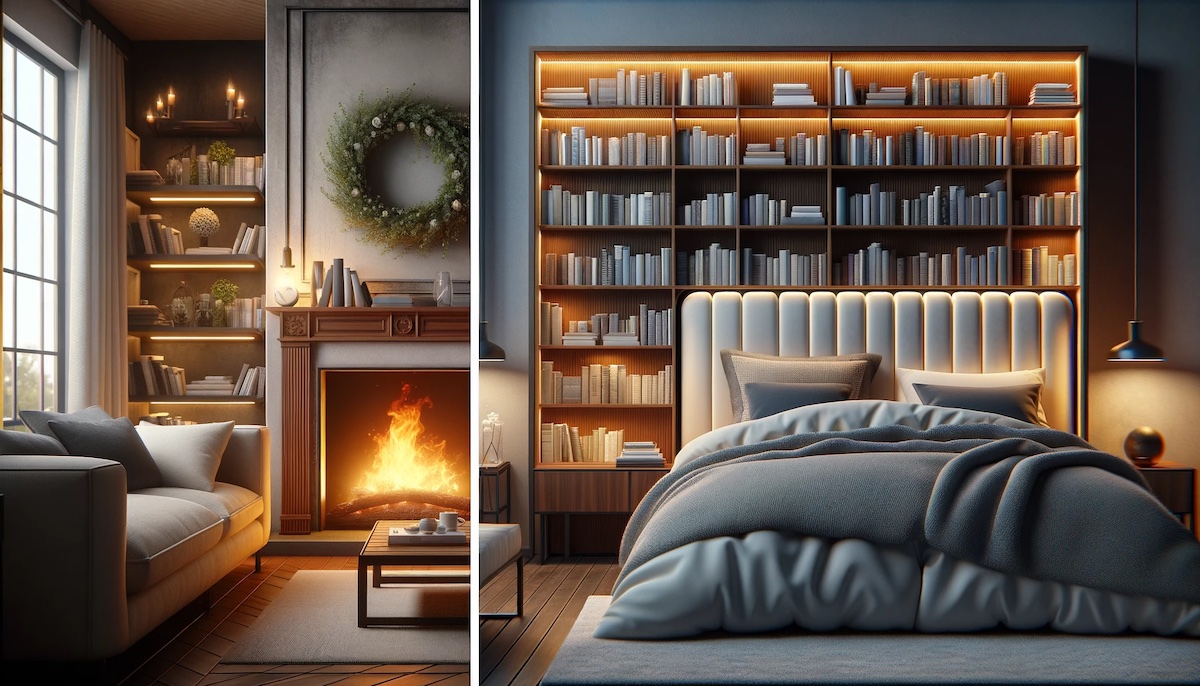
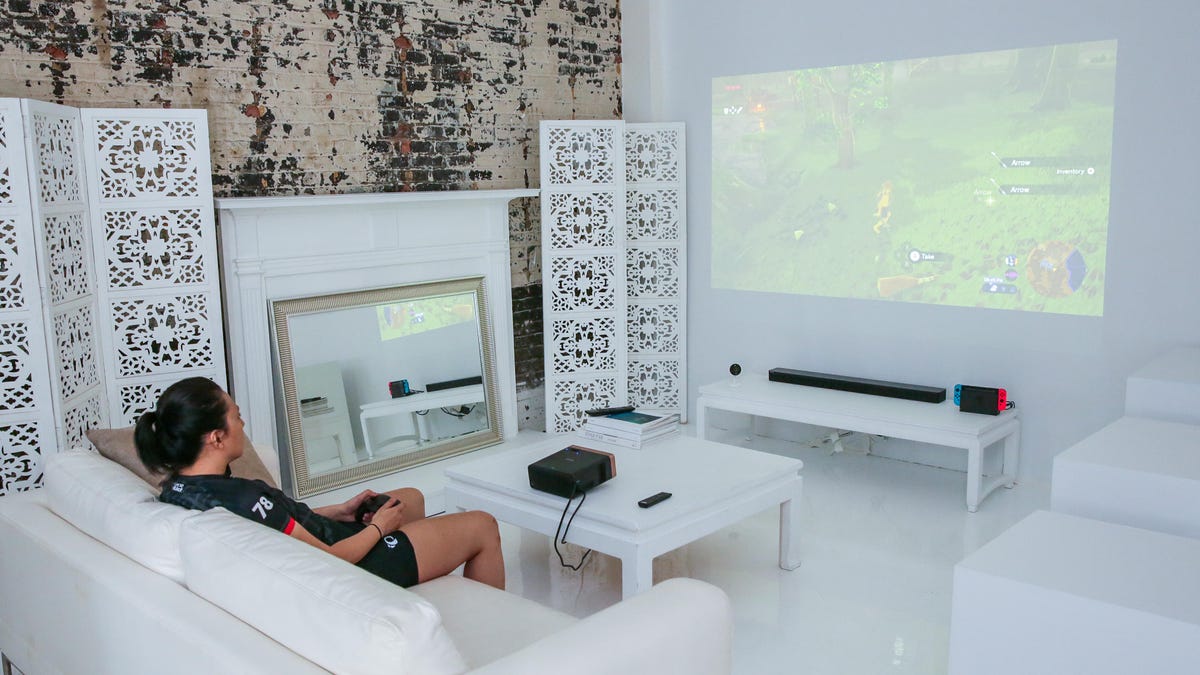


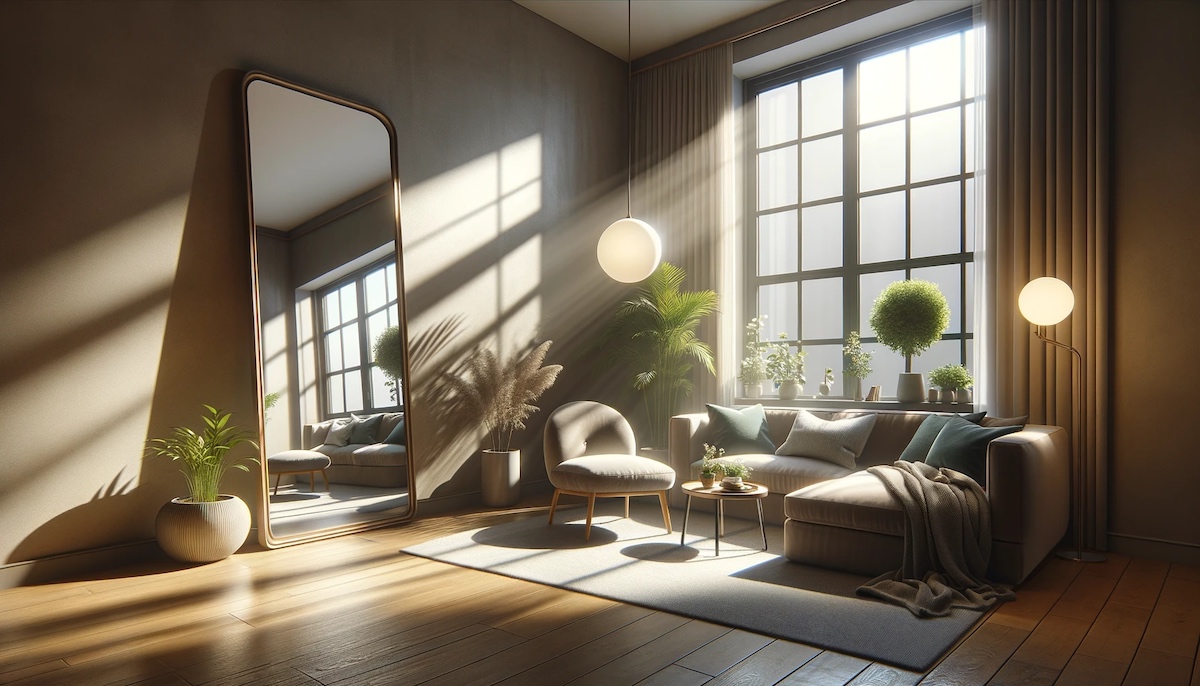

0 thoughts on “Where To Place The Bed In A Room”